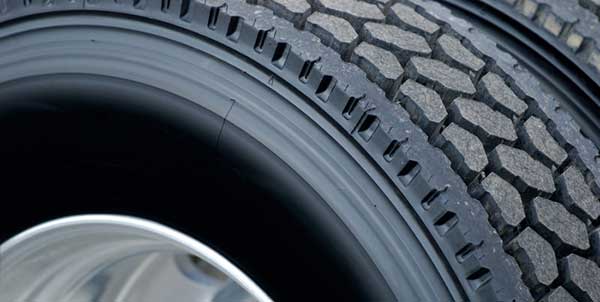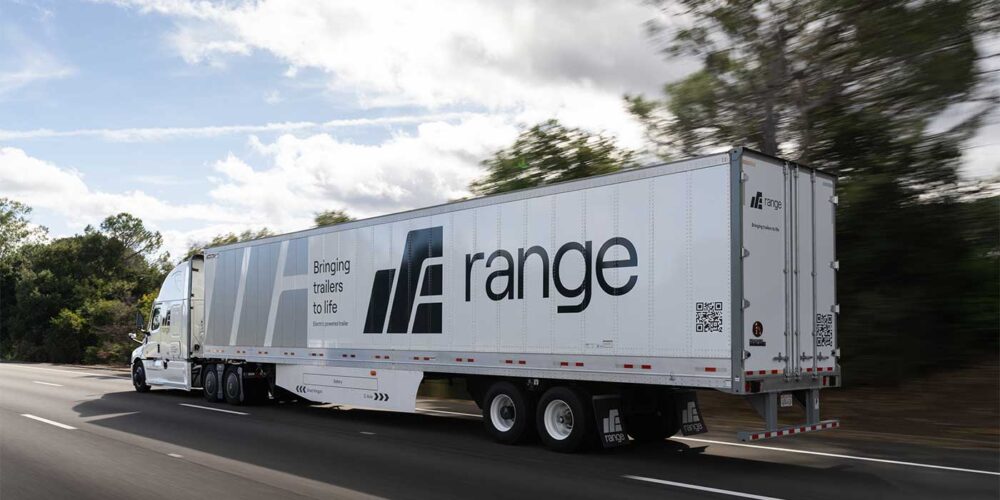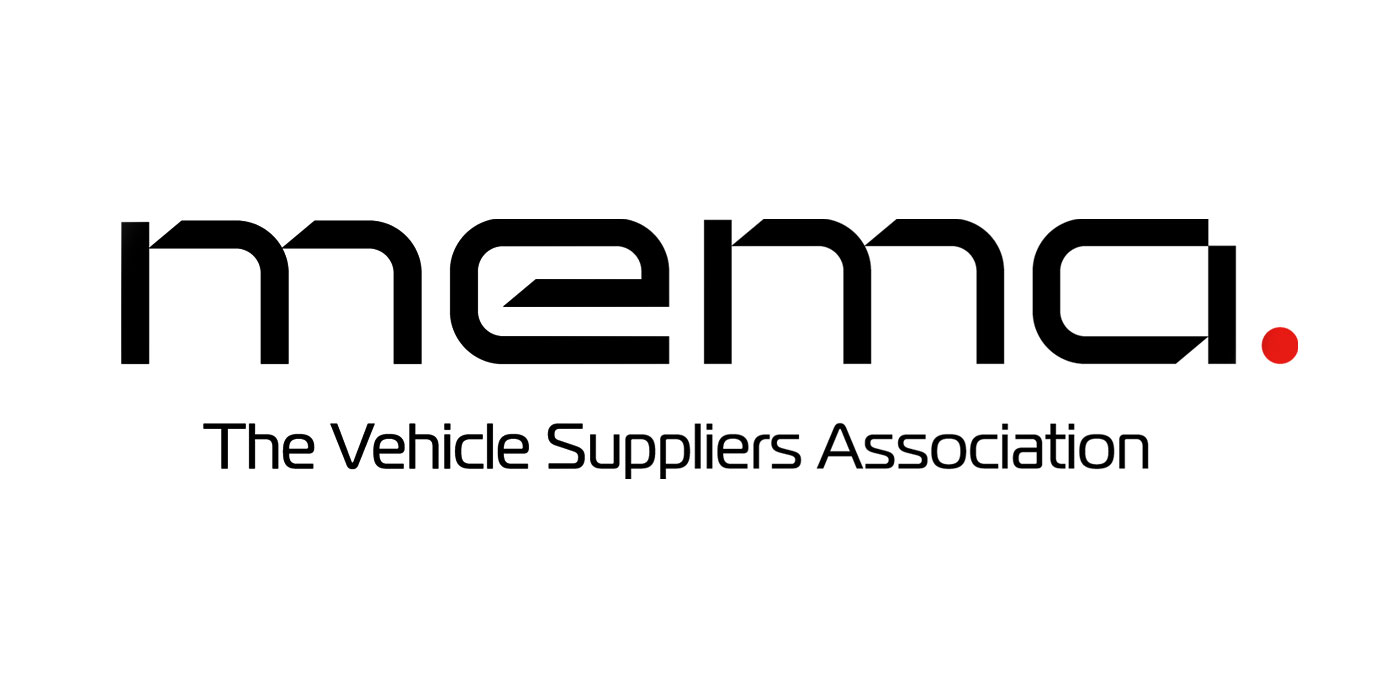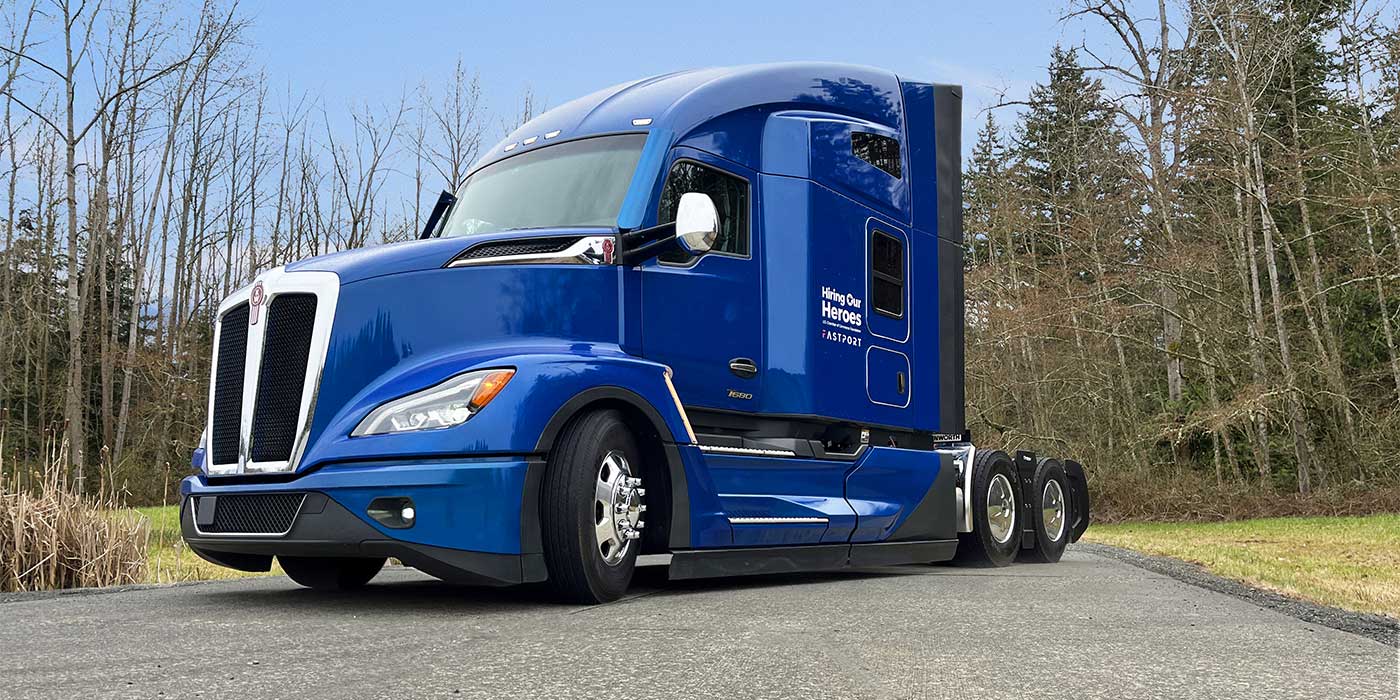Depending on which industry statistics you find most reliable, somewhere between 85% to 90% of commercial trucking fleets retread their tires at least one time. A retread is approximately 1/3 to 1/2 the cost of a new tire, so it clearly is in the fleet’s best interest to protect this valuable tire casing from damage.
Depending on your specific service vocation, tires running in pickup and delivery service may retread a casing as many as three or four times, while tires running in linehaul service will typically get one or two retreads. This difference is because tires running in pickup-and-delivery-type city service will scrub the treads off much more quickly due to increased turning compared to tires running in a purely linehaul operation.
Making a visit to a retreader should be high on a fleet’s agenda to ensure that the retread facility is meeting the fleet’s performance standards. Remember— tire retreading is a manufacturing process, and retreads are only as good as the workmanship and quality control of the plant that manufactured it. The visit and tour should reveal a technologically advanced facility of which the retread industry would be notably very proud.
A thorough inspection of the tire casing is the first step in the retread process. Excellent lighting is important for this process especially in the innerliner inspection. Shoulders, beads and sidewalls should have no irregularities. If any issues are suspected, the casing should be x-rayed.
Once the casing has passed inspection, it is ready to be buffed and the old remaining tread removed. Precise buffing is critical to retread performance. Most retread facilities have computer-controlled buffers to ensure that the casing is buffed to proper undertread depths and contours.
Some retreaders also use a process known as “shearography,” following buffing, where abnormalities in the casing can also be detected.
The next step in the retread process is to repair the casing from damage due to punctures, curbing, mounting/demounting and everyday abuse. The tire repair process has become quite an “art” and is effective in prolonging the casing life.
Depending on the particular retread process—pre-cure, spliceless pre-cure or mold-cure—it is now time to add the tread rubber to the casing.
In mold cure systems, the tread is buffed away down to the casing where unvulcanized tread rubber with no tread pattern is applied. The tire is then placed in a mold and a combination of heat, pressure and time is applied with the new tread design in the rigid mold. This process of heat, pressure and time is known as curing a tire.
In pre-cure retread systems, after the tread is buffed down to the casing, a thin layer of rubber called cushion gum is applied around the casing. Tread rubber that has already been vulcanized and has a tread pattern (pre-cured), which is now applied around the tire. The cushion gum helps keep the tread in place and creates the bond between the casing and the new tread. The two ends of the pre-cured tread are spliced together. The tire is placed in a curing chamber vulcanizing the new tread onto the tire casing.
Spliceless pre-cure is the most recent innovation in the retread process. These treads are not extruded in flat pieces (pre-cure retread process), but rather are molded in one piece circular molds. The circular tread is stretched over the buffed casing followed by a curing process similar to the pre-cure retread curing operation.
The last step in the retread process is final inspection before going out the door back to the fleet.
Regardless of the retread process used by your local retreader, as a fleet you have a wide choice of tread compounds, designs and tread depths to choose. It all depends on what is most important for your fleet operation. Is your goal to maximize removal miles, to increase traction in the rain and snow or to maximize your vehicle fuel economy?
It is wise for fleets to run their own internal evaluation to determine which retreads show better bottom-line tire performance. The specific retreader can have a greater impact than the specific retread tire process, and of course, there are price differences between each retread process that will affect your tire cost per mile. Always maintain a close working relationship with your retreader to achieve the best results for your fleet.













